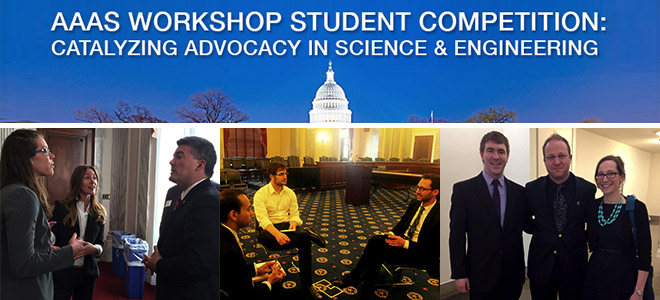
by Alison Gilchrist, CSTPR Writing Intern
On September 28th from noon-1:00 pm, the Center for Science and Technology Policy Research (CSTPR) will host a panel discussion about the “Catalyzing Advocacy in Science and Engineering” (CASE) workshop. Organized by The American Association for the Advancement of Science (AAAS) and held in Washington, D.C., the 3-day CASE workshop is an exciting opportunity for students interested in science policy and communication.
CSTPR organizes a competition each winter to select two students from CU Boulder to attend the workshop, all expenses paid. The competition is open to both well-qualified graduating seniors and graduate students. While the dates have not yet been set, it is anticipated that the competition will take place in late January/February 2017. Previous competition winners will serve on the Sept. 28 panel to discuss their experiences at the workshop and take questions from the audience. Students who are interested in attending this workshop can also come to learn more about the application process and the competition.
The CASE workshop was developed by a number of academic institutions, CU Boulder among them, to give young scientists a chance to experience research advocacy and policy design. Students in the workshop learn about important aspects of government such as the structure of Congress and how the federal budget and appropriations processes proceed. They also learn about communicating science and how to stay engaged in local and national politics.
Students attending the workshop will also get a chance to apply what they learn about influencing policy directly: on the last day of the workshop, they will form teams and speak with their elected Members of Congress and congressional staff members about a topic of their choice.
This unique opportunity was designed to empower young scientists and encourage science advocacy in an effective, meaningful way. Science communication, an integral component of influencing policy, is an especially important element of the CASE workshop.
For undergraduate and graduate students looking to learn more, the panel discussion about this workshop will host three past winners of this competition and be moderated by Abby Benson, one of the founders of the CASE workshop.
While Associate Vice President of Government Relations at CU, Benson advocated for increased support for policy education. About founding the workshop, Benson stressed the importance of appealing to young scientists:
“I was most excited about getting scientists and engineers interested in science policy early in their careers, so they could build a strong foundation to carry throughout their careers. I also think it is very useful to have younger advocates in Washington talking about how the decisions made by Congress and funding agencies impact their path.”
Sure enough, the CASE workshop has already had an impact on young scientists who won the competition at CU Boulder.
Sarah Joy Welsh-Huggins, a 2016 winner and Ph.D. candidate in the Civil Systems program within the Department of Civil, Environmental and Architectural Engineering, says the workshop affirmed her career path decision. She had long been interested in science policy, and was thrilled by the chance to go to Washington, D.C. to experience policy making in action.
“Every workshop session, every guest speaker, and especially our interactions with our Colorado Congressmen and their staff demonstrated to me how valuable my technical background in civil engineering may be when advocating for policies that impact and are impacted by advances in specific areas of engineering research and practice.”
She described how rewarding it was to meet people who were equally interested in science communication and policy, while learning how Congress “really” works.
“It was so exciting to be in our nation’s capital this spring and imagine working there myself, striving to make my mark on the decision-making processes that shape and improve our society.”
Angela Boag, another 2016 winner and a Ph.D. candidate in Environmental Studies, echoed Welsh-Huggins’ enthusiasm for meeting other students who were interested in policy issues.
“I found the best part of the workshop was meeting other like-minded Ph.D. students who want to do work at the science-policy interface. I am interested in pursuing applied research or “alternative academic” positions, and it was really encouraging meeting people with similar goals.”
She also described a new appreciation for the importance of being actively involved in policy decisions.
“Programs that fund certain types of research may be cut or boosted for a myriad of reasons often unrelated to the program itself, and therefore it’s critical for scientists to be their own advocates and frequently share the importance of their work with politicians and the public.”
Nick Valcourt, one of the 2015 winners with an MS in Civil Systems Engineering from CU, was particularly interested in the scientific communication component of the workshop. He remembers getting tips from Congressional staff:
“There were a number of presentations from current and former Legislative staffers who provided excellent insights about how their offices need to have science-based information packaged for them in order for it to be useful and actionable to Lawmakers.”
He also gained a greater understanding of how to influence science policy as an individual using the resources of a collective. As a member of the workshop, he was in a unique position to speak with legislators about research policy.
“Our Congressional Representatives are inundated with requests for meetings from special interest groups every day and as a member of the ‘special interest group’ of academic-based science and engineering research I found it to be a very powerful platform to communicate directly with those in Federal decision-making positions.”
The opportunity to attend the CASE workshop is both educational and inspiring, judging by student testimonials. To convince us further, Welsh-Huggins, Valcourt and Boag will all be on the CSTPR panel on September 28th.
For more information about the workshop and competition click here.
The panel discussion will take place at CSTPR, 1333 Grandview Ave. (one street north of University Ave). Map. The panel discussion will also be available via live webcast (login as guest).
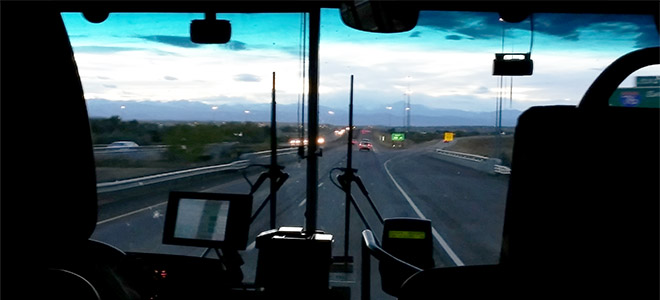


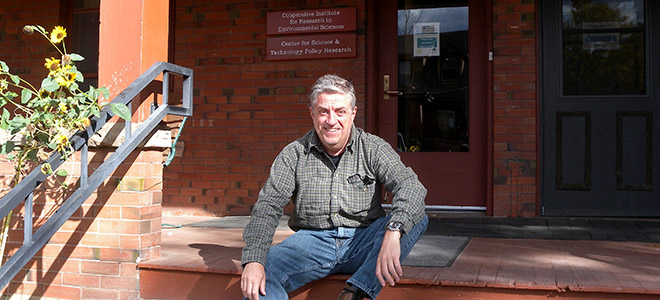
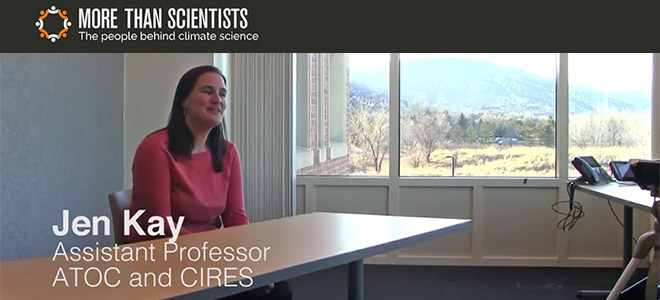
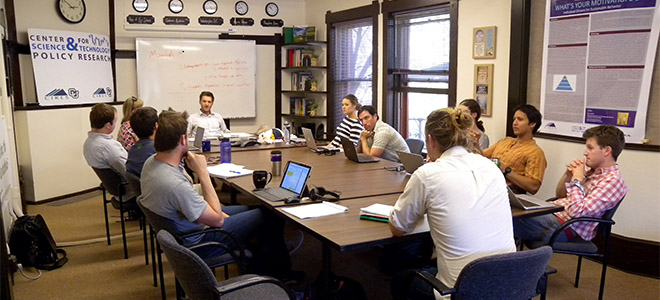
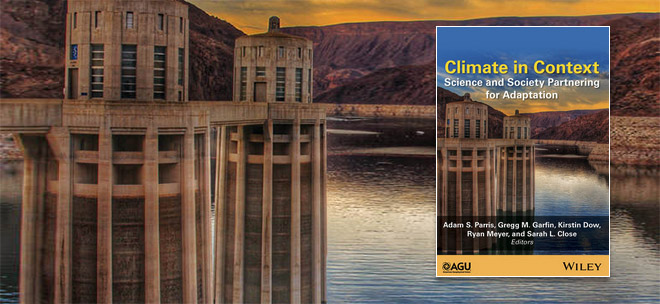

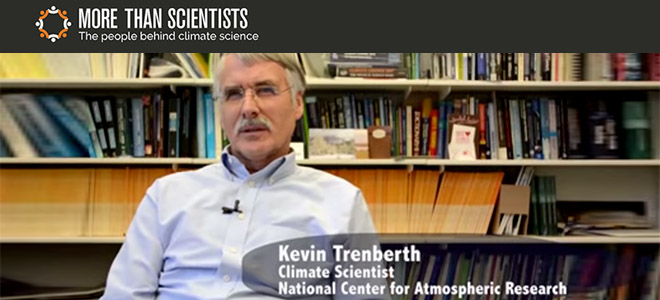
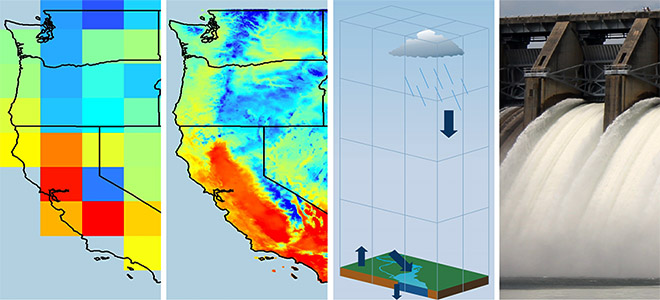

AGU Chairs Caucus to Support Earth and Space Science in the House
by Abigail Ahlert, Science Writing Intern
The House of Representatives is getting a bad reputation when it comes to science. But there are a few Representatives—11 out of 435, to be exact—that are formally pushing for broader awareness and funding of Earth and space science. Congressman Jared Polis (D-CO-2) and Congressman David Jolly (R-FL-13) are Co-Chairs of the new House Earth and Space Science Caucus. The caucus launched on September 14, 2016 with a reception in the Rayburn House Office Building. Current members include:
Donald Beyer (D-VA-08)
Michael Capuano (D-MA-07)
Judy Chu (D-CA-27)
Mike Honda (D-CA-17)
Grace Napolitano (D-CA-32)
Ed Perlmutter (D-CO-07)
Mark Pocan (D-WI-02)
Scott Tipton (R-CO-03)
Bonnie Watson Coleman (D-NJ-12)
When asked about his motivation for chairing the caucus, Congressman Polis said, “In the 21st century, it’s crucial to continue to broaden awareness and align policy with Earth and space sciences. The House Earth and Space Sciences Caucus will focus on placing scientific research and evidence in the forefront of congressional and national discussions, while also continuing to support ideas that will promote STEM education programs for the next generation. I’m honored to be the Democratic Co-Chair and look forward to the accomplishments we’ll achieve.”
The caucus alliance is chaired by the American Geophysical Union (AGU), a non-profit scientific association with more than 62,000 members, which will also serve as the primary congressional contact. AGU has participated in caucuses before, such as the Hazards Caucus Alliance, but intends to play a more involved role in the House Earth and Space Science Caucus. AGU expects that chairing the caucus alliance will provide a more concerted community effort and greater participation in the events that they typically host on the Hill.
I asked Brittany Webster, Public Affairs Specialist at AGU, how the organization got involved with the House Earth and Space Science Caucus in the first place. She said, “In 2015, the House of Representatives had an authorizing and appropriations bill that included language that sought to deprioritize the geosciences. AGU and other organizations through education and advocacy efforts was able to get that language struck from legislation that eventually became law.” Building upon the momentum of these efforts, AGU and partnering organizations chose to form a caucus in the House of Representatives. They reached out to Congressmen Polis and Jolly to act as the chairs, whom Webster referred to as “champions of the geosciences’’.
In the 115th Congress (January 2017 through January 2019), the House Earth and Space Caucus aims to host quarterly events, starting with an “Earth and Space Science 101” briefing in the first 101 days of Congress and an additional briefing on a specific policy topic. They also hope to organize an exhibition highlighting public and private sector partners to demonstrate how Earth and space science addresses national needs. Finally, the caucus is planning an interactive field trip for Congressional staffers to visit a lab or center related to Earth and space science. All proposed events will be discussed and finalized in 2017.
AGU is currently looking for organizations to join the House Earth and Space Science Caucus alliance. For more information on how to get involved, contact Brittany Webster.